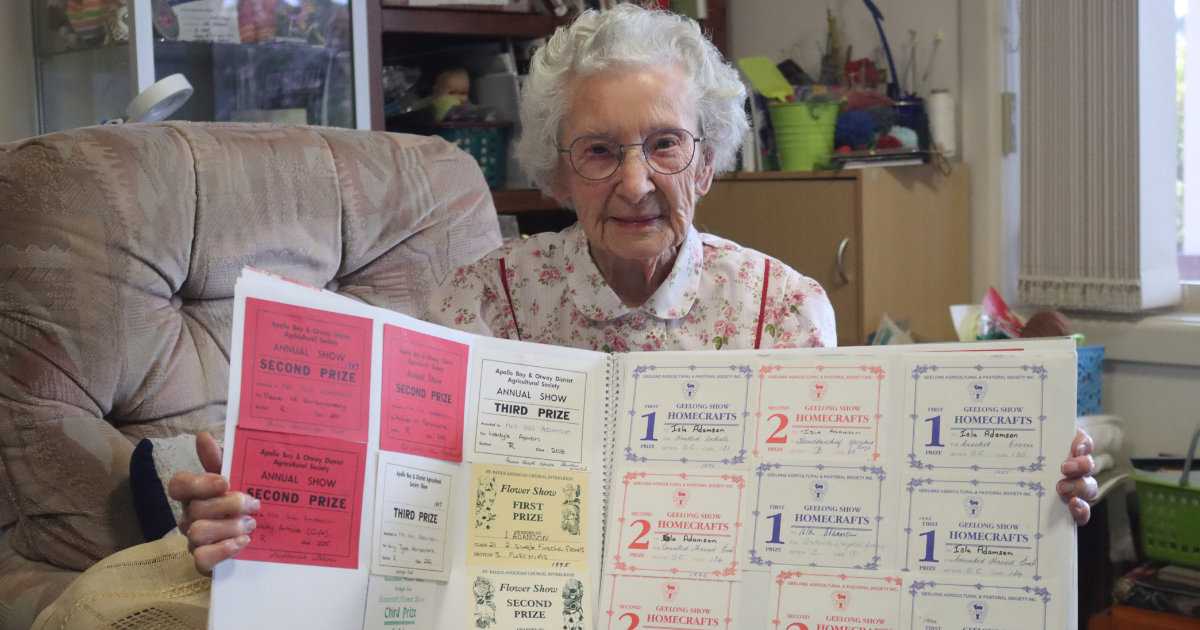Know your nuts, save your life
Brazil nuts, walnuts, chestnuts, macadamia nuts, peanuts – how well do you know your nuts? I am not talking about the garden variety. The answer: not very well!
According to the Movember Foundation, 68 per cent of men don’t know how to check themselves for signs of testicular cancer, over a third of men have never checked themselves for the disease.
Testicular cancer is the second most common cancer affecting men aged to 39.
It’s estimated that over 800 Australian men will be diagnosed with this type of cancer this year. The incidence of
testicular cancer has doubled in the last 50 years. But, there is some good news – the outlook is still positive in the majority
of cases with effective treatments and rates of survival above 95 per cent if discovered early.
How? if you’re a male aged 15+, a simple monthly self-check will give you the best chance of beating the disease should it ever happen to you.
As part of their ongoing work to halve the number of men dying from testicular cancer by 2030, the Movember Foundation has put together a plan of action to help men know the signs, symptoms and risk factors.
It’s normal to have asymmetries when examining your testicles, that’s why it is important to get to know what is normal
for you – and then look for changes, which might include lumps, increased size, hardness, pain or heaviness.
They say: “The best thing you can do for your testicles is give them a bit of a feel on a regular basis, and if something doesn’t seem right, head to the doctor.”
They’ve even produced a video and handy visual guide for self-examination.
In the battle of man vs testicular cancer, we’re all a lot stronger than we might think.
With early detection and regular selfexamination, more than 95 per cent of men diagnosed with testicular cancer have a positive outlook.
Erin Coffey is an osteopath of the health Creation Centre in Ocean Grove.


















